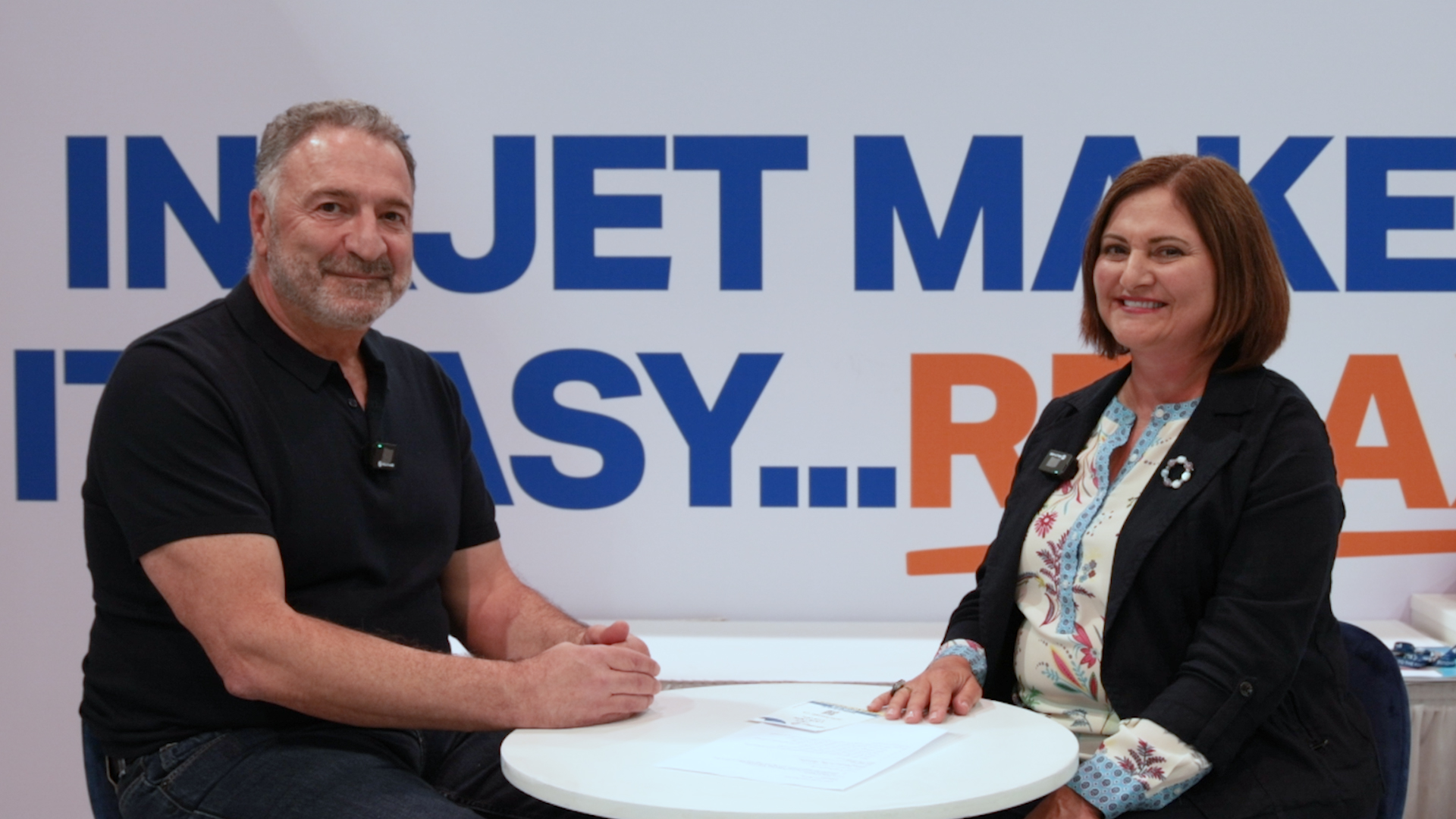There are a lot of ways to personalize a document. What if something as simple as location could nearly double response rates? It’s simpler than trying to gather detailed data, do customer profiling and create personas, and develop and deploy campaigns with multiple, if not dozens, of variable fields. Yet by mapping based on this single data point—location—response rates can be outstanding. The question is why?
First, let’s take a look a case study from locr, which offers the ability to create personalized maps in a variety of channels, as exemplifying this phenomenon.
As reported on the PODi website:
De Bradelei Stores [is] a group of shopping outlet malls in the U.K. offering fashion from leading brands at discounted prices. They wanted to increase traffic and boost sales in Autumn 2016 by targeting lapsed customers from their extensive database. Working with print and mailing company Eight Days a Week Print Solutions, a geomarketing direct mail campaign was developed that used personalized maps to show recipients the proximity of their nearest store and the route to drive there. In order to test the effectiveness of using geomarketing as an overall strategy for retail traffic generation, a controlled A/B test was run with and without the geomarketing components. The response rate of recipients with the personalized geomarketing mailer was 63% higher than of those without the geomarketing personalization.
A lift of 63% is massive, and its attribution to personalized mapping was confirmed by the A/B test. Other case studies from locr have similar results. So why does personalized mapping work so well?
I can’t say for sure, but in thinking about it, what came to mind was a study I learned about in one of my psychology classes in college. For the study, the research team asked people to volunteer for a study, and during the check-in process, the volunteers were asked to look at pictures of other people who were participating. Volunteers were then asked to sit in a waiting room for their turn, not realizing that it was here, in the waiting room, that the research was actually being done. The researchers took note of whom the volunteers chose to sit next to. I don’t remember the numbers, but overwhelmingly, people sat next to other people whose pictures they had seen earlier. This result was confirmed over and over. In a sea of strangers, participants in the study chose to sit next to faces they’d seen before.
I have to wonder if this is, at least in part, the power of personalized mapping: it creates an affinity to the location if for no other reason than that they’ve seen it before.
Personalized maps have an educational function (to help the geographically challenged), but unless the reason the person isn’t shopping there is that they can’t find it or they think it’s farther away than it really is, there is more to the story. Even if someone does know where a store is located based on an address or description (“Conveniently located at the corner of Churchville Road and Main Street”), there is still power in seeing the image on a map. I have to wonder if it’s the same psychological draw as found in the research. Seeing the store on a map and the route mapped out to get there creates a subconscious affinity strong enough to boost response rates significantly.
At least, those are some of my thoughts on the power of personalized mapping. What are yours?















Discussion
Only verified members can comment.